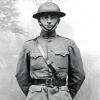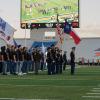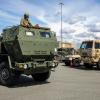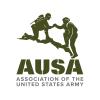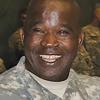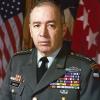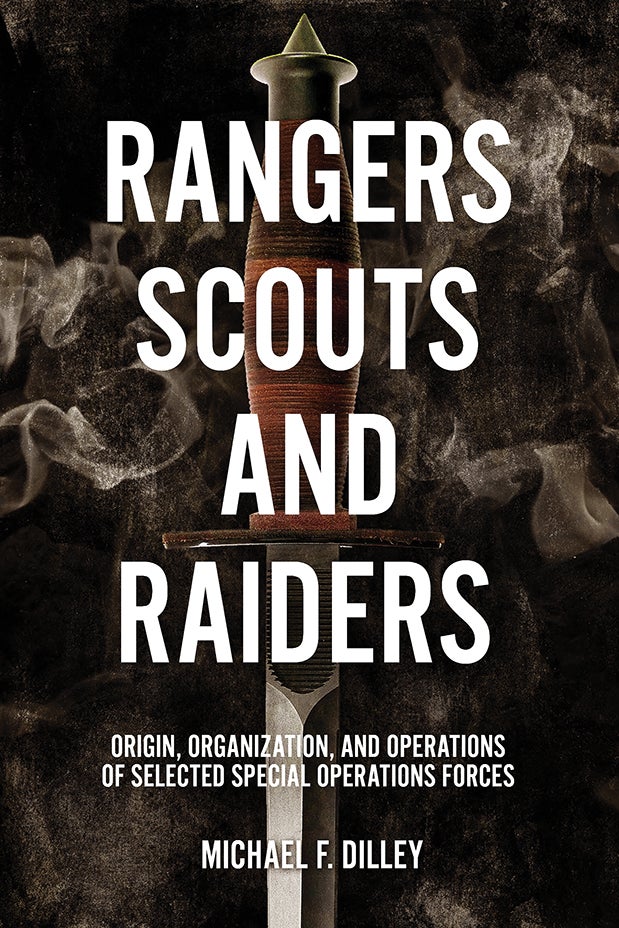It has been said, “You don’t have to get ready when you stay ready.” In 2018, upon assuming duties as logistics director for U.S. Forces Korea, I considered U.S. military forces’ preparedness to conduct large-scale ground combat in the Indo-Pacific region. I quickly realized U.S. forces are not ready, but must get ready—and stay ready.
As a result of the 9/11 attacks on the U.S. homeland, the U.S. Army focused primarily on prosecuting the global war on terrorism, which tied U.S. forces to the Southwest Asia region and counterinsurgency fights in Iraq, Afghanistan and Syria. This...




